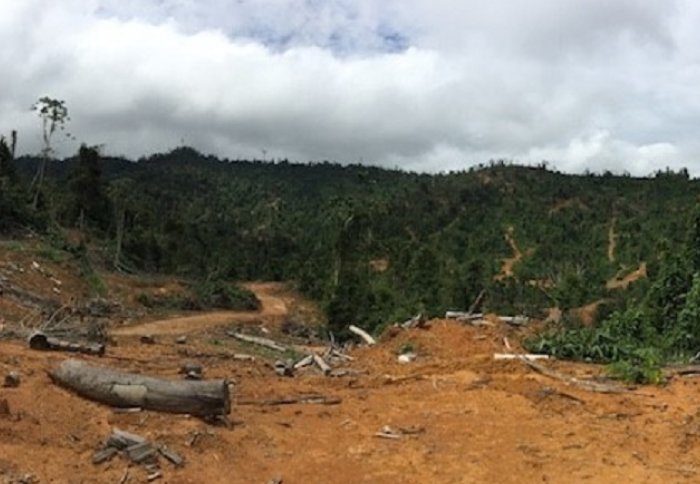Conservation efforts could be improved with more accurate species loss estimates

Scientists have come up with a new way of calculating how many species are lost when deforestation occurs, by taking fragmentation into account.
They say improved estimates of the impact when forests are cleared could inform better conservation strategies.
To date, a simple and widely used method for estimating species loss has been used, which is based purely on the area of habitat loss. So, if a forest is cleared, the area of forest lost would directly correspond to the amount of species that disappear from the area.
So little is known about so many species that broadly applicable formulas are needed to help estimate possible future species losses. Dr James Rosindell
However, this assumes that the area of forest lost is contiguous – all in one block. In reality, much deforestation is ‘fragmented’, leaving patches of intact forest within larger logged landscapes.
Species loss from fragmented landscapes has been much more difficult to estimate, but now a research team led by Imperial College London and the National University of Singapore have come up with a solution.
Dr James Rosindell, from the Department of Life Sciences at Imperial, said: “So little is known about so many species that broadly applicable formulas are needed to help estimate possible future species losses.
“Such formulas have so far proven elusive leaving estimates to be based on old and often criticised methods, and a new approach was needed.”
The team's method, published in the journal Ecology Letters, derives new formulas to quickly calculate ranges of immediate species loss expected in different landscapes. The formulas simulate different arrangements of habitat loss, from block deforestation to highly fragmented landscapes.
Testing against real data
To test their predictions, the team checked their species loss estimates against real data. For example, they looked at forest area in Singapore since 1819 and calculated the number of tree species lost in different scenarios.
Using a traditional formula for species loss based solely on area, the species loss estimate comes out as 670, providing a maximum estimate for the region. However, with a formula that considers a randomly distributed habitat of fragmented forests, the estimated species loss is just 130, providing a minimum estimate.
This minimum estimate is much closer to independent estimates of tree species loss from Singapore Botanic Gardens herbarium data. The accuracy of this estimate is likely to be because of the highly fragmented nature of forests in Singapore.
The new formulas provide a better way to estimate immediate species loss from habitat clearing, but there is also often an ‘extinction debt’ of species that are lost in the decades following clearing. The team are now turning their attention to these longer-term problems in order to come up with more useful formulas.
-
‘Species–area relationships and biodiversity loss in fragmented landscapes’ by Ryan A. Chisholm, Felix Lim, Yi Shuen Yeoh, Wei Wei Seah, Richard Condit and James Rosindell is published in Ecology Letters.
Image credit: Ryan Chisholm
Article text (excluding photos or graphics) © Imperial College London.
Photos and graphics subject to third party copyright used with permission or © Imperial College London.
Reporter
Hayley Dunning
Communications Division